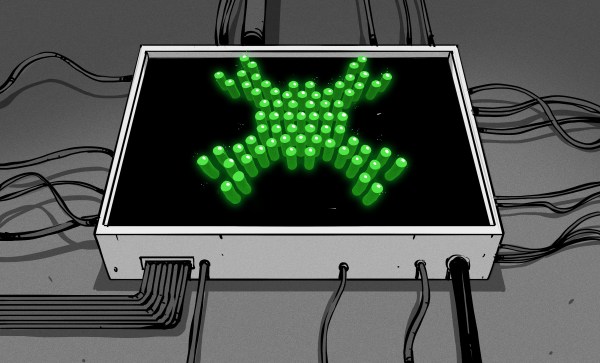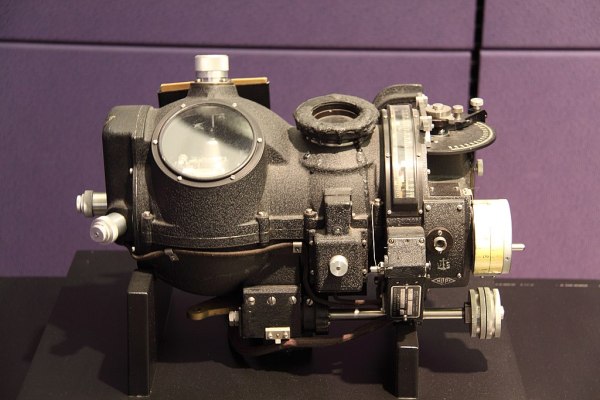Tom Nardi and I were talking about his trip to the Vintage Computer Festival on the podcast, and he admitted to not having been a retrocomputer aficionado before his first trip. But he ended up keying some binary machine code into some collection of archaic silicon, and he got it. In the same episode, the sound of the week was a Strowger switch — the old electromechanical “brain” of telephone switching centers of old. The sample I used was from Sam of Look Mum No Computer on YouTube, who got one for his museum and thinks it’s just awesome.
Why do people like this kind of old (obsolete?) tech? It’s certainly not because it’s overwhelmingly capable — the giant old switch is replaced easily by a stack of silicon, and don’t even get me started on the old blinkenlights computer that Tom was keying on. In both of these cases, the people are significantly younger than the tech they’re playing around with, so that rules out nostalgia. What’s left?
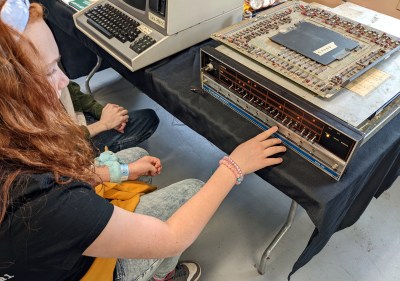 I think it’s that sometimes the older technology is more immediate, more understandable, more tangible, and that resonates with people. In a time when we all have wonder devices that can do anything, programmed in languages that are pleasant, using libraries that are nothing short of magical in terms of making difficult things easy, understanding how things work down to the ground is a rare commodity.
I think it’s that sometimes the older technology is more immediate, more understandable, more tangible, and that resonates with people. In a time when we all have wonder devices that can do anything, programmed in languages that are pleasant, using libraries that are nothing short of magical in terms of making difficult things easy, understanding how things work down to the ground is a rare commodity.
But it’s a strange position to find ourselves in, technologically, where there’s almost necessarily a trade-off between the usefulness and functionality of a device with the ability to understand fundamentally how it works.

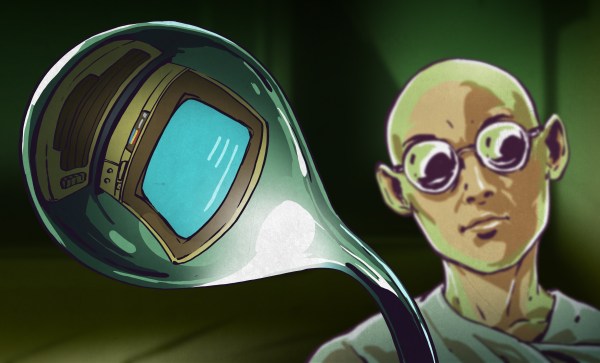
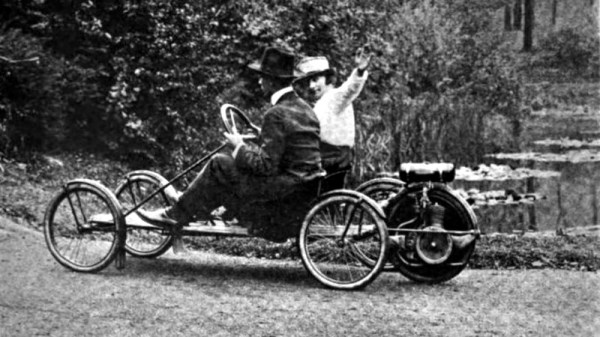
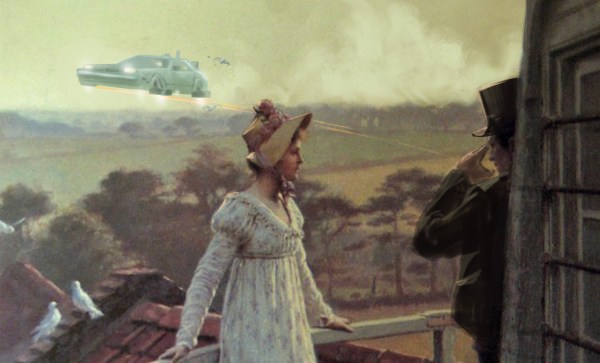
 But what’s the main difference between a screen and film? You can change the image on the LCD at will, of course. So when [Muth] was calibrating out exposures, it dawned on him that he could create a dynamic, animated version of his image and progressively expose different portions of the paper, extending the available dynamic range and providing him the ability to control the slightest nuances of the resulting image contrast.
But what’s the main difference between a screen and film? You can change the image on the LCD at will, of course. So when [Muth] was calibrating out exposures, it dawned on him that he could create a dynamic, animated version of his image and progressively expose different portions of the paper, extending the available dynamic range and providing him the ability to control the slightest nuances of the resulting image contrast.

